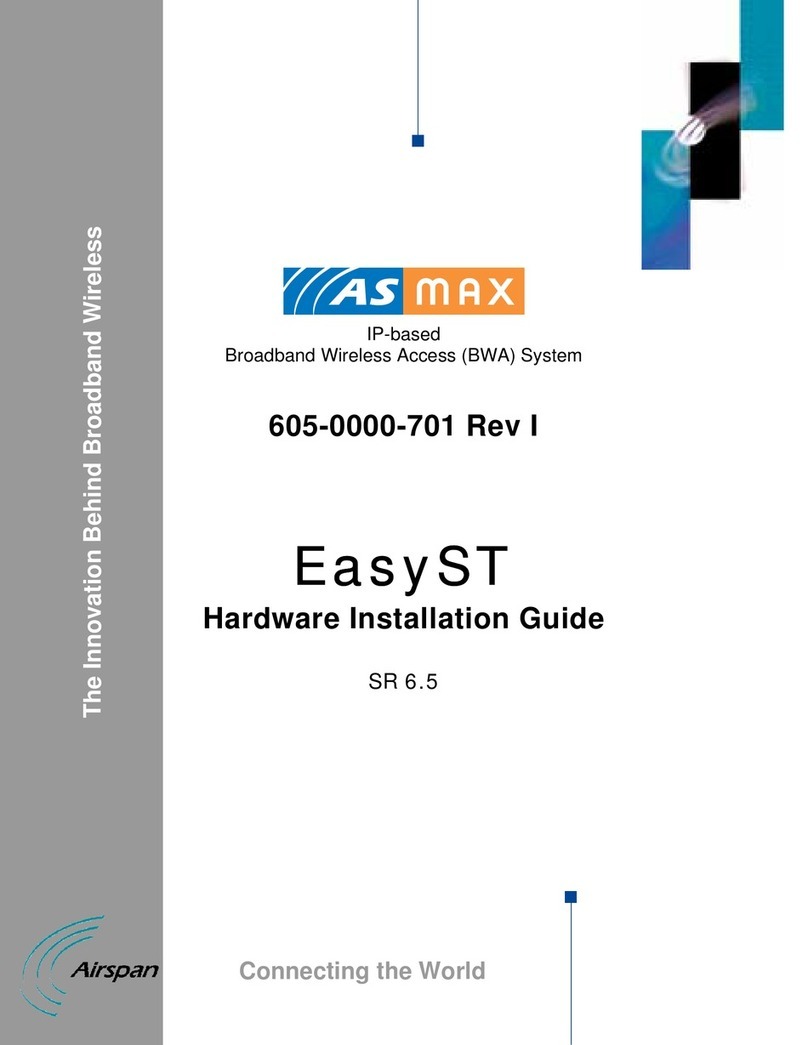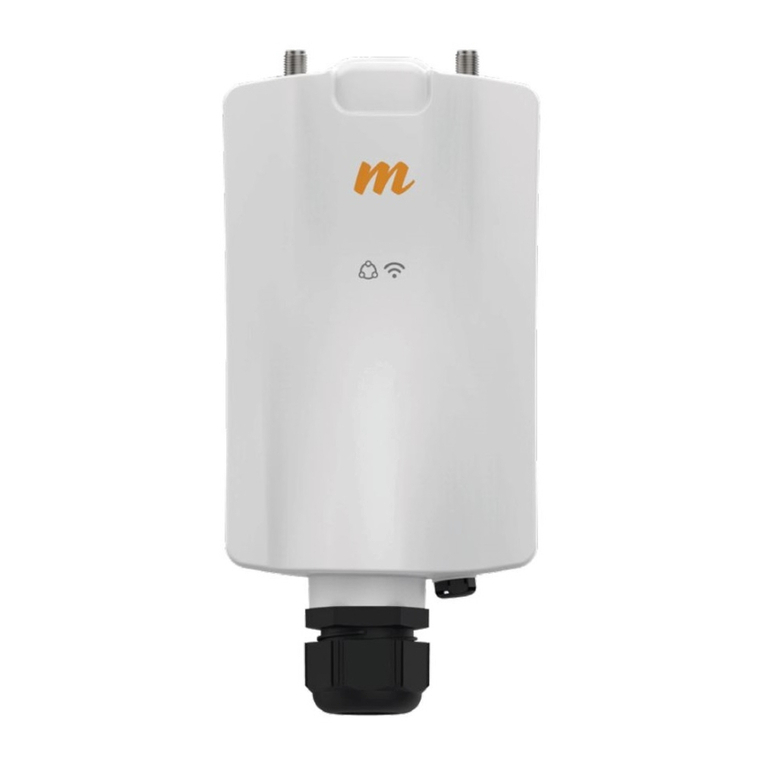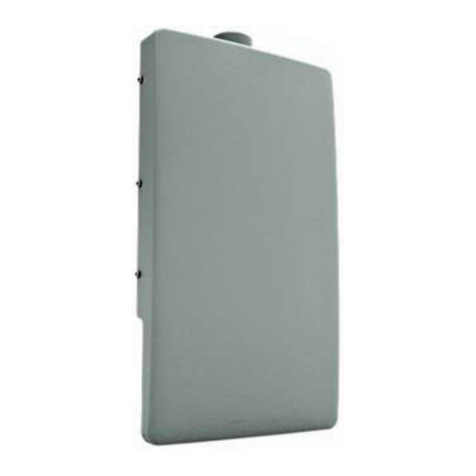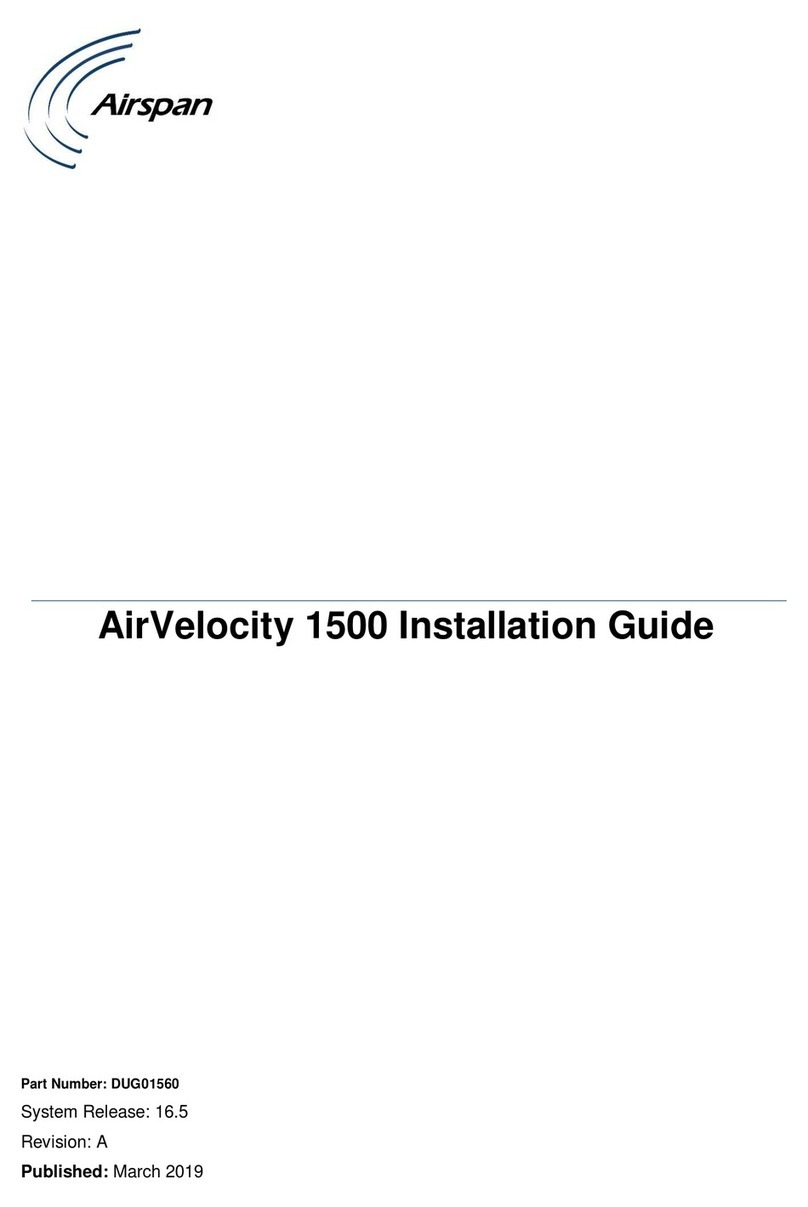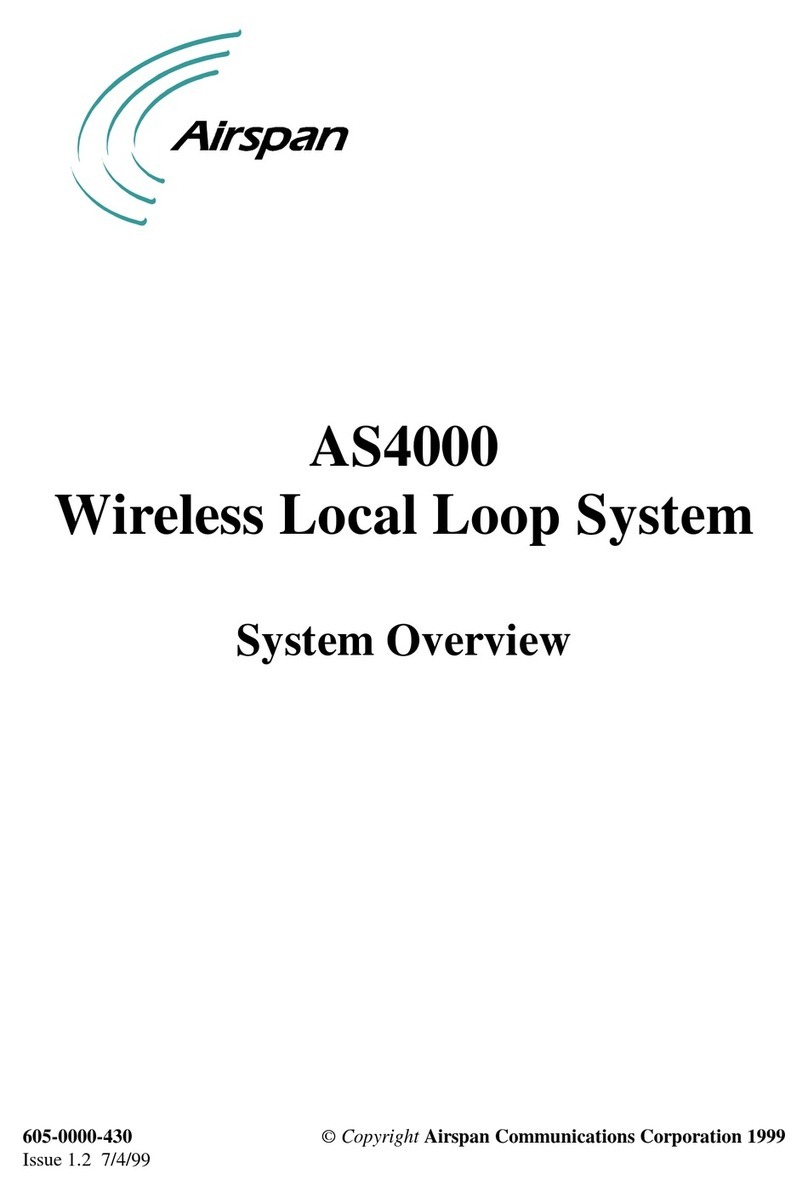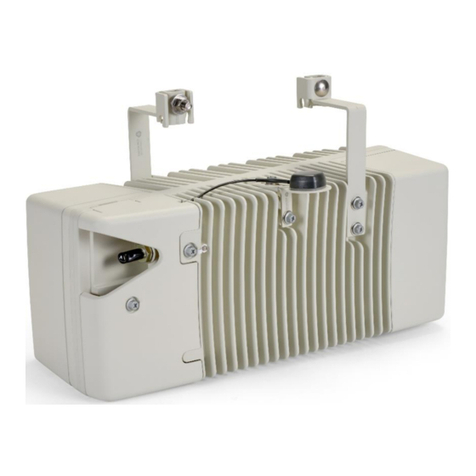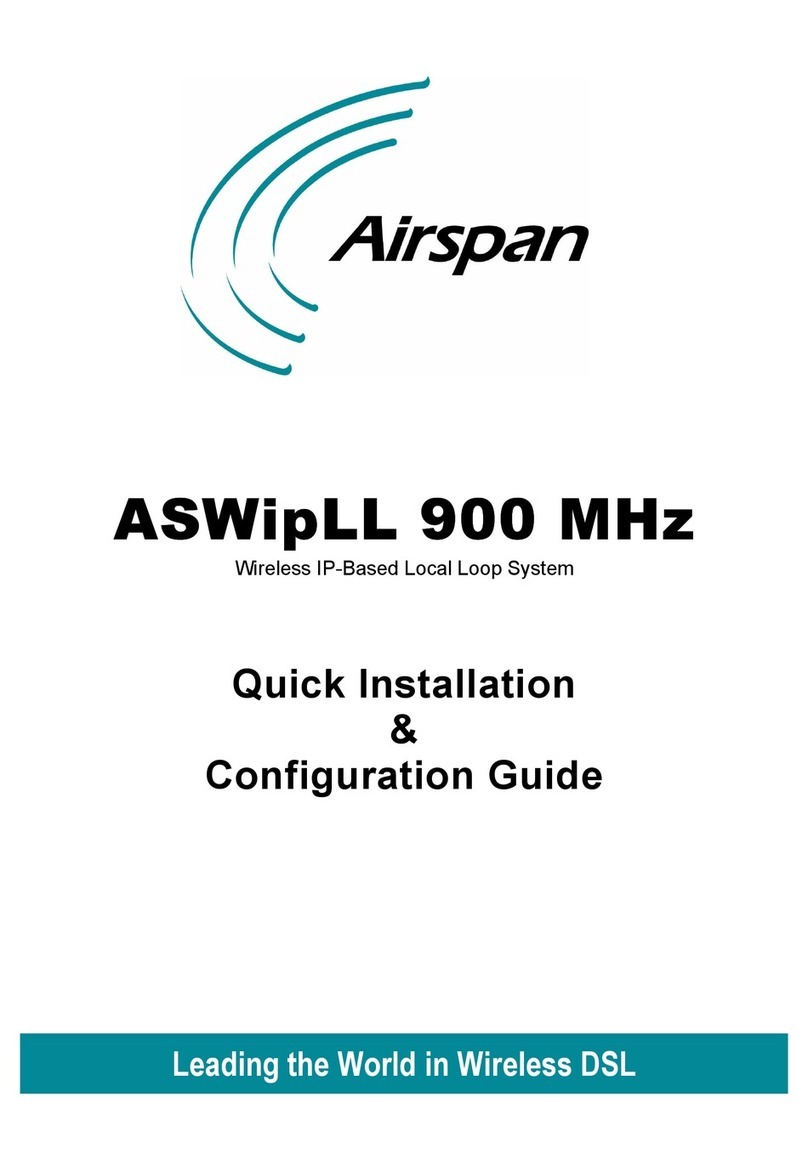6
SYSTEM OVERVIEW
The ProST is an outdoor WiMAX-based customer premises equipment (CPE). The ProST, which
uses Intel Corporation’s Pro/Wireless 5116 broadband interface, connects IP-enabled devices
directly to WiMAX networks. Designed for the residential and small enterprise (SME) markets,
the device supports high-speed broadband Internet through a Fast Ethernet connection. The
ProST ensures high service availability at enhanced ranges, operating in both LOS and NLOS
propagation environments.
ProST operates in the 4.9 to 5.0 GHz ETSI frequency band in time division duplexing (TDD)
mode. ProST supports IP services at uplink and downlink over-the-air speeds of up to 37 Mbps
over a channel bandwidth of 10 MHz, and up to 18 Mbps over a channel bandwidth of 5 MHz.
ProST uses the OFDM signaling format, providing non line-of-sight (NLOS) performance. ProST
utilizes QAM, QPSK, and BPSK modulation technologies by modulating transmitted signals and
demodulating the received signals where the original digital message can be recovered. The use
of adaptive modulation allows ProST to optimize throughput, yielding higher throughputs while
also covering long distances.
ProST provides a built-in, integral antenna. Requiring professional installation, the ProST is
installed outdoors on a pole or wall, enabling optimal positioning for best reception with the BS.
Outdoor mounting of the ProST is made possible due to ProST's built-in lightning surge
protection feature (complying with Surge Immunity standard EN 61000-4-5).
ProST interfaces with the subscriber's LAN through the SDA-1 Type II (referred henceforth as
SDA-1) adapter. ProST connects to the SDA-1's 100BaseT interface port by a standard 100-
meter CAT-5 cable. The SDA-1 also provides the ProST with 10 to 52 VDC power supply.
However, as an alternative to the SDA-1 Type II adapter, Airspan offers two optional integrated
LAN switches:
SDA-4S Type II: integrated LAN switch, providing power and four 10/100BaseT ports
for interfacing with the subscriber’s network
SDA-4S/VL Type II: integrated LAN switch, providing power and four 10/100BaseT
ports with VLAN functionality for interfacing with the subscriber’s network
ProST can be managed by Airspan's AS.MAX Web-based management system using standard
Web browsers or alternatively, by an SNMP-based network management system (Netspan)
using standard and proprietary MIBs. In addition, external third-party management systems
such as HP OpenView can also manage the ProST using these MIBs.
Main Features
The ProST provides the following main features:
Full Outdoor Non-LOS Deployment: 256 OFDM
Based on field-proven ASWipLL's SPR mechanics
Integrated antenna gain of 13 dBi
Indoor Ethernet adapter (SDA-1 Type II):
oproviding power and interface termination
oup to 100-m Category 5 cable between ProST and SDA-1
Option of LAN switch with indoor adapter
Up to 4 ports with VLAN port switching
Integral VoIP (planned for future)
E1/T1 (planned for future)
Customer Benefits
The ProST offers the following customer benefits:
Based on the latest wireless technology WiMAX IEEE 802.16 standard thereby
providing:
ogreater choice of services
